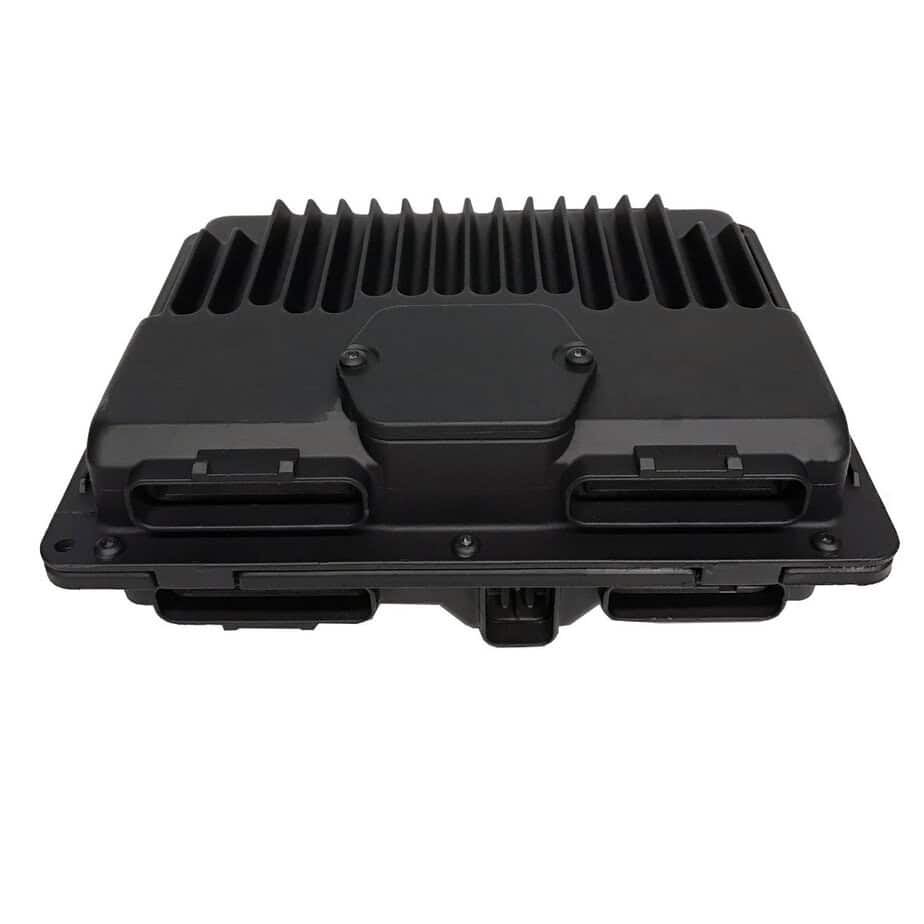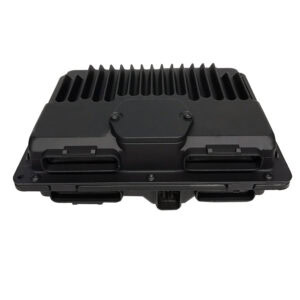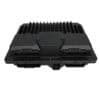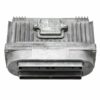Restore Your Workhorse: The Definitive Fix for Your 1997 GM Truck or Van
As a technician with over two decades of experience, I’ve seen firsthand how a failing Powertrain Control Module (PCM) can turn a reliable truck into a source of constant frustration. Your 1997 Chevy, GMC, or Isuzu is a testament to solid engineering, but its electronic brain can eventually wear out. When it does, you get baffling symptoms: stalling for no reason, erratic shifting, a persistent Check Engine Light, and poor fuel economy. This isn’t just an annoyance; it’s a problem that affects your vehicle’s core performance and dependability.
This isn’t just a replacement part; it’s a complete solution. We take a quality Electronic Control Module, compatible with part numbers 16229684 and 8162296840, and professionally program it with the latest GM software updates specifically for your vehicle. All we need is your Vehicle Identification Number (VIN) after your purchase. This critical step ensures that when the module arrives, it’s ready to install right out of the box, communicating perfectly with your engine, transmission, and other systems—no expensive trip to the dealership for programming required.
Case Study: A Tricky Diagnosis
I remember a 1997 GMC Suburban that came into my bay. The owner was at his wit’s end. He’d replaced the fuel pump and ignition coil, but the truck still had an intermittent no-start condition and would sometimes shift hard from first to second. No consistent codes were stored, just occasional random misfires. After checking all the grounds and power feeds to the PCM, I noticed the 5-volt reference signal would occasionally dip. We connected a lab scope and confirmed the PCM’s internal voltage regulator was failing. We installed a pre-programmed 1997 Chevy 3500 PCM (the same unit for his Suburban), performed the security relearn, and the truck ran perfectly. It’s a classic example of how a failing module can mimic other component failures.
Is Your Truck or Van Showing These Symptoms?
A failing PCM can manifest in numerous ways. If you’re experiencing any of the following, a faulty module is a likely culprit. This is especially true if you’ve already checked the basics like spark plugs, fuel filter, and sensors.
- ✔ Check Engine Light is illuminated, often with internal module codes like P0601 or P0605.
- ✔ The engine cranks but refuses to start.
- ✔ Unexplained stalling or rough idling.
- ✔ Noticeable decrease in fuel efficiency.
- ✔ Harsh or erratic automatic transmission shifting.
- ✔ Failure to pass an emissions inspection.
- ✔ Communication errors with diagnostic scan tools.
Why Choose a Pre-Programmed 1997 Chevy 3500 PCM?
Getting your vehicle back on the road shouldn’t be complicated. Our process is designed for both seasoned mechanics and dedicated DIYers. By providing us with your VIN, you bypass the most common hurdle in module replacement. The software we install is tailored to your truck’s specific configuration—engine, transmission, and emissions equipment—restoring its factory-specified performance and efficiency.
A Straightforward Guide to Installation
Replacing the PCM on these GM trucks is a manageable job for anyone with basic hand tools. Follow these steps for a successful installation.
- Safety First: Disconnect the negative terminal from your vehicle’s battery and secure it away from the post to prevent accidental reconnection.
- Locate the Module: On most of these trucks and vans, the PCM is located in the engine compartment on the driver’s side, often near the battery or fender well.
- Disconnect Connectors: Carefully unclip and remove the electrical wiring harnesses from the old PCM. These connectors have locking tabs that need to be released. Avoid pulling on the wires themselves.
- Remove the Old PCM: Unbolt the module from its mounting bracket. There are typically two or three bolts holding it in place.
- Install the New PCM: Mount your new, pre-programmed module onto the bracket and securely fasten the bolts.
- Reconnect Everything: Plug the wiring harnesses firmly into the new PCM until they click into place. Reconnect the negative battery terminal.
- Perform Security Relearn: Your vehicle’s anti-theft system (Passlock/VATS) will likely need to be relearned to the new PCM. This is a simple procedure you can do yourself—see our FAQ section for instructions.
Verified Vehicle Compatibility
This module is a direct-fit replacement for a wide range of 1997 General Motors vehicles equipped with gasoline engines. Please confirm your vehicle is on this list:
- ASTRO 97 (LH front by battery)
- BLAZER S10/JIMMY S15 97 (4.3L)
- BRAVADA 97 (4.3L)
- CHEVROLET 1500 PICKUP 97 (Gasoline)
- CHEVROLET 2500 PICKUP 97 (Gasoline)
- CHEVROLET 3500 PICKUP 97 (Gasoline)
- EXPRESS 1500 VAN 97
- EXPRESS 2500 VAN 97 (Gasoline)
- EXPRESS 3500 VAN 97 (Gasoline)
- GMC 1500 PICKUP 97 (Gasoline)
- GMC 2500 PICKUP 97 (Gasoline)
- GMC 3500 PICKUP 97 (Gasoline)
- ISUZU HOMBRE 97 (4.3L)
- S10/S15/SONOMA 97 (4.3L)
- SAFARI (GMC) 97 (LH front by battery)
- SAVANA 1500 VAN 97
- SAVANA 2500 VAN 97 (Gasoline)
- SAVANA 3500 VAN 97 (Gasoline)
- SUBURBAN 1500 97 (Gasoline)
- SUBURBAN 2500 97 (Gasoline)
- TAHOE 97 (Gasoline)
- YUKON 97 (Gasoline)
Do I need to do anything after installing this PCM?
Do I need to do anything after installing this PCM?
Yes. While the module comes programmed to your VIN, you will need to perform a simple security relearn procedure. This syncs the new PCM with your vehicle’s anti-theft system. It typically involves turning the key to ‘ON’ for 10-15 minutes, then ‘OFF’, and repeating this cycle three times. The engine should then start and run.
How do I provide my VIN?
After you complete your purchase, you can send us your 17-digit VIN through the messaging system or include it in the ‘notes to seller’ section during checkout. We cannot program and ship your module without it.
Is this compatible with part number 8162296840?
Yes, this module is a fully compatible replacement for service numbers 16229684 and 8162296840. Once programmed to your VIN, it will function identically.
Will this fix my transmission shifting problems?
In many cases, yes. The PCM controls the transmission shift points and line pressure. If the module itself is faulty, it can cause harsh shifts, delayed engagement, or hunting for gears. This programmed module restores the correct transmission control logic, but it will not fix internal mechanical issues with the transmission.



